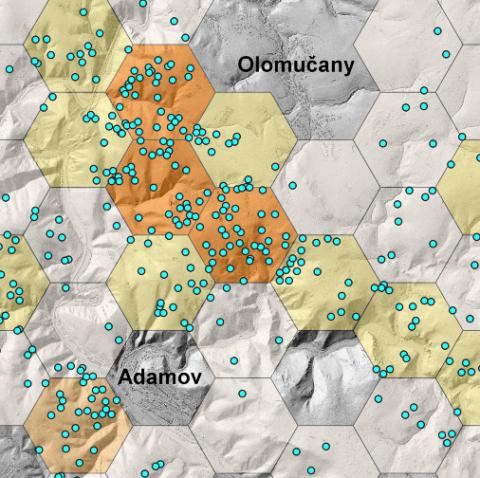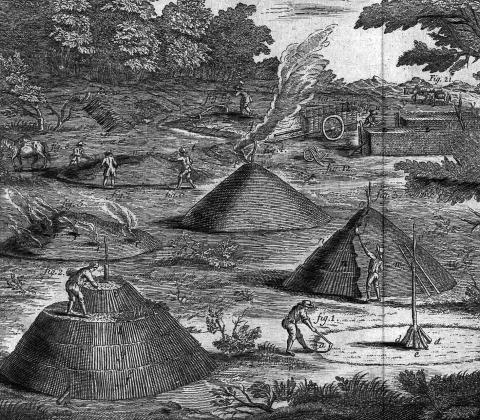Uhlířství a jeho archeologické doklady – historicko-archeologický pohled na provozování řemesla

Uhlířství, respektive pálení uhlí, představuje jedno z nejdůležitějších lesních řemesel, kdy zejména v raném novověku v souvislosti s rozšířením vysokých pecí dochází ke značnému rozvoji této aktivity. Do dnešních dob se stopy po této činnosti dochovaly v podobě uměle upravených plošin – milířišť. Těch naše lesy obsahují obrovské množství a až donedávna se jednalo z archeologického pohledu o marginální památky. V našem článku se snažíme shrnout některé výsledky a postřehy spojené s výzkumem milířišť tak, jak jsme je získali při řešení interdisciplinárního projektu zaměřeného na milířiště a jejich vliv na krajinu.
Charcoal burning and its archaeological evidence – a historical-archaeological view of the craft
Charcoal burning represents one of the most significant forest crafts, with the early modern period in particular seeing the activity developing significantly with the spread of blast furnaces. To the present day, artificial charcoal burning platforms are evidence of the activity. Our woodland contains a large number of these platforms, but until recently they were little investigated from an archaeological perspective. In our study, we endeavour to summarise some results and observations related to the research of charcoal burning platforms which we have obtained in work on an interdisciplinary project focused on charcoal burning platforms and their influence on the landscape.

